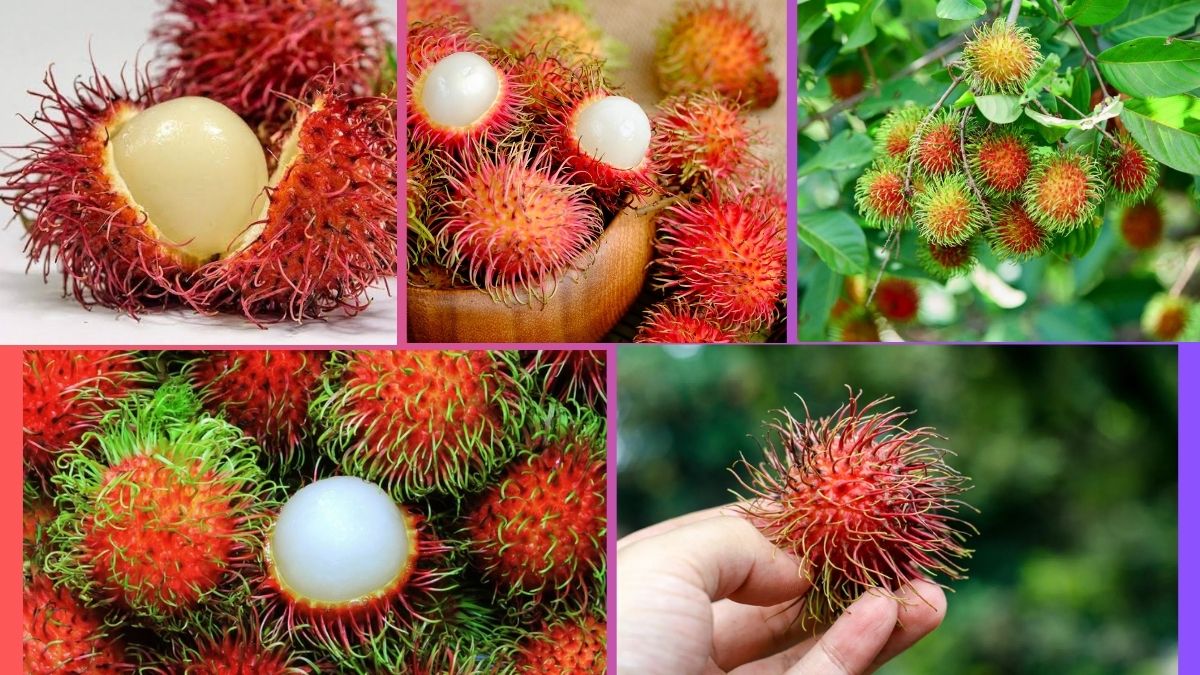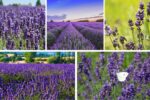Among the many exotic tropical fruits that have captivated palates worldwide, rambutan stands out for its unusual appearance and delightful sweetness. With its hairy, bright-red skin and juicy, translucent flesh, rambutan is a tropical delicacy enjoyed fresh, canned, or in desserts and beverages.
Native to Southeast Asia, this fruit has gained increasing popularity across global markets due to its unique look, excellent nutritional value, and delicious taste. But which country leads the world in producing this remarkable fruit? In this article, we’ll explore the fascinating world of rambutan cultivation and reveal the nation that stands as the largest rambutan producer globally.
A Quick Overview of the Global Rambutan Industry
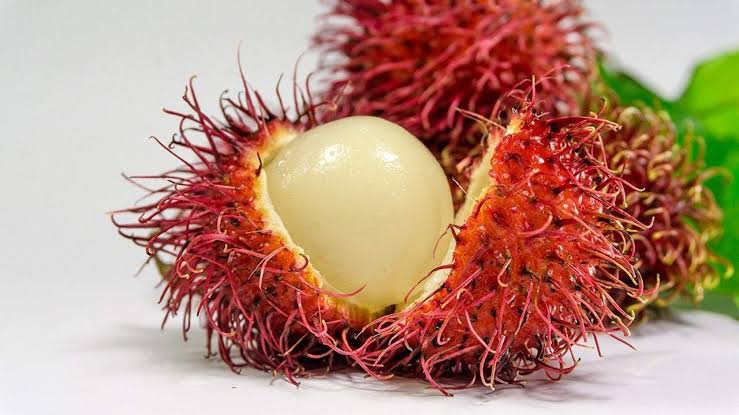
Rambutan (Nephelium lappaceum) belongs to the Sapindaceae family, closely related to lychee and longan. The name ‘rambutan’ comes from the Malay word ‘rambut,’ meaning hair, which aptly describes the fruit’s hairy exterior.
The fruit thrives in humid, tropical climates with abundant rainfall and fertile, well-drained soils. It requires high temperatures (22°C–35°C) and consistent humidity throughout the year, making Southeast Asia its ideal habitat.
Today, rambutan is cultivated commercially in:
- Southeast Asia: Malaysia, Indonesia, Thailand, the Philippines, and Vietnam
- South Asia: India and Sri Lanka
- Latin America: Costa Rica, Honduras, and Mexico
- Africa: Madagascar and parts of East Africa
- Oceania: Australia and Pacific Islands
Annual global rambutan production is estimated at 1.2–1.5 million metric tons, largely consumed within domestic markets but increasingly exported to the U.S., Europe, the Middle East, and China.
Which Country Is the Largest Rambutan Producer Globally?
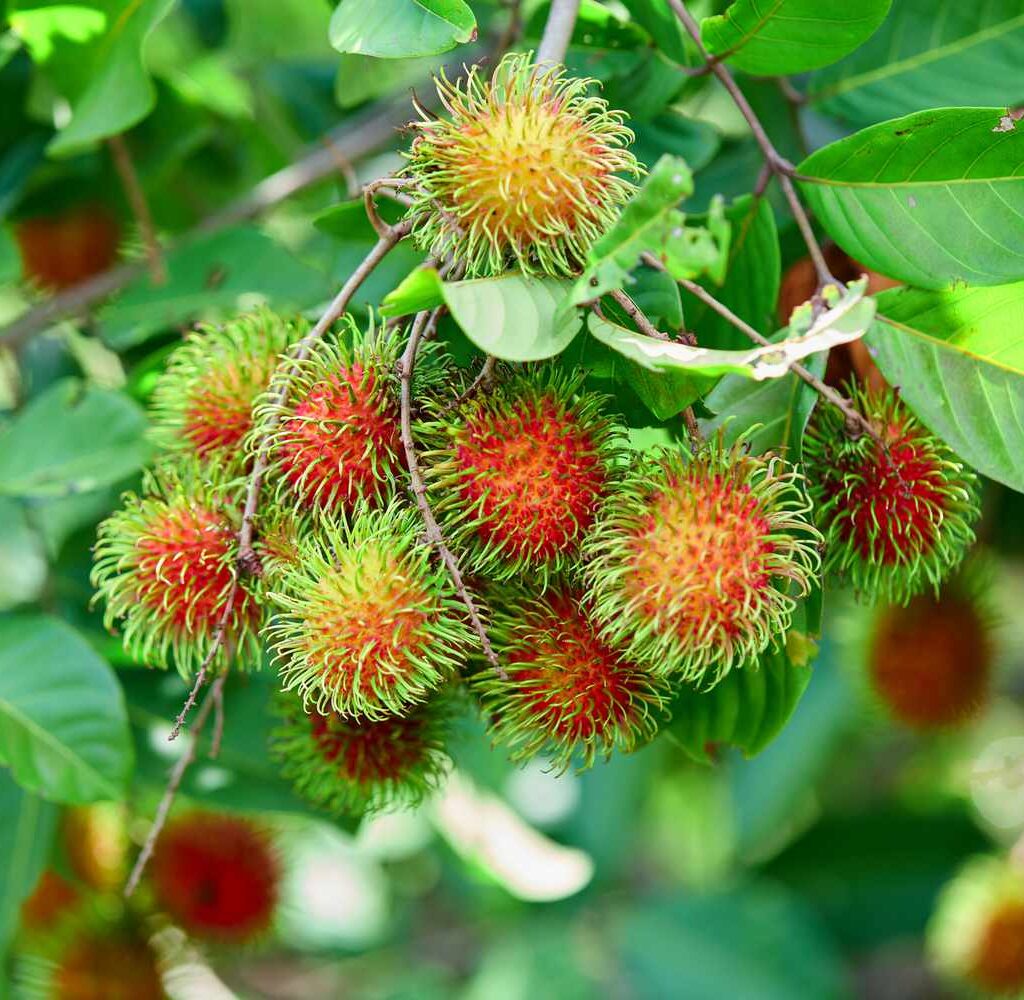
Indonesia holds the title of the largest rambutan producer globally, contributing approximately 450,000–500,000 metric tons annually, or around 35% of global production. With its favorable equatorial climate, abundant fertile land, and cultural affinity for tropical fruits, Indonesia leads the global rambutan industry in both cultivation area and production volume.
Why Is Indonesia the Top Rambutan Producer?
1. Ideal Agro-Climatic Conditions
Indonesia’s equatorial location and consistent tropical climate provide ideal growing conditions for rambutan. The country experiences:
- High average temperatures (24°C–32°C)
- High annual rainfall (2,000–3,000 mm)
- Rich, well-drained volcanic soils
- Minimal seasonal temperature variation
These factors allow rambutan trees to thrive naturally across Indonesia’s vast archipelago, particularly in Java, Sumatra, Kalimantan, Sulawesi, and Bali.
2. Abundant Land and Traditional Cultivation
Rambutan trees are grown extensively in both commercial orchards and village backyard gardens. Many Indonesian farmers cultivate rambutan alongside other tropical fruits like mango, durian, and mangosteen in mixed agroforestry systems.
The widespread, traditional integration of rambutan trees ensures year-round availability and supports smallholder farmers, contributing significantly to local economies.
3. Diverse and High-Yield Varieties
Indonesia boasts a rich diversity of rambutan cultivars, with over 30 recognized varieties. Popular types include:
- Rambutan Binjai: Large, sweet fruits with thick flesh and minimal seed attachment.
- Rambutan Rapiah: Crisp, aromatic flesh with a mildly sweet flavor.
- Rambutan Lebak Bulus: Known for its deep red skin and juicy pulp.
- Rambutan Aceh: A regional favorite for its exceptional sweetness.
This genetic diversity ensures better disease resistance, continuous harvest cycles, and fruits tailored to both local and export market preferences.
4. Strong Domestic and Export Demand
Indonesia’s domestic market consumes a large portion of its rambutan harvest, as the fruit is a cultural staple often associated with festivals, religious ceremonies, and family gatherings.
In addition, Indonesia exports fresh and processed rambutan to markets such as:
- Singapore
- Malaysia
- Hong Kong
- Saudi Arabia
- United Arab Emirates
- European Union
The country has developed cold storage, packaging, and transport systems to facilitate these growing international shipments.
Top 5 Rambutan-Producing Countries (Approximate 2022 Figures)
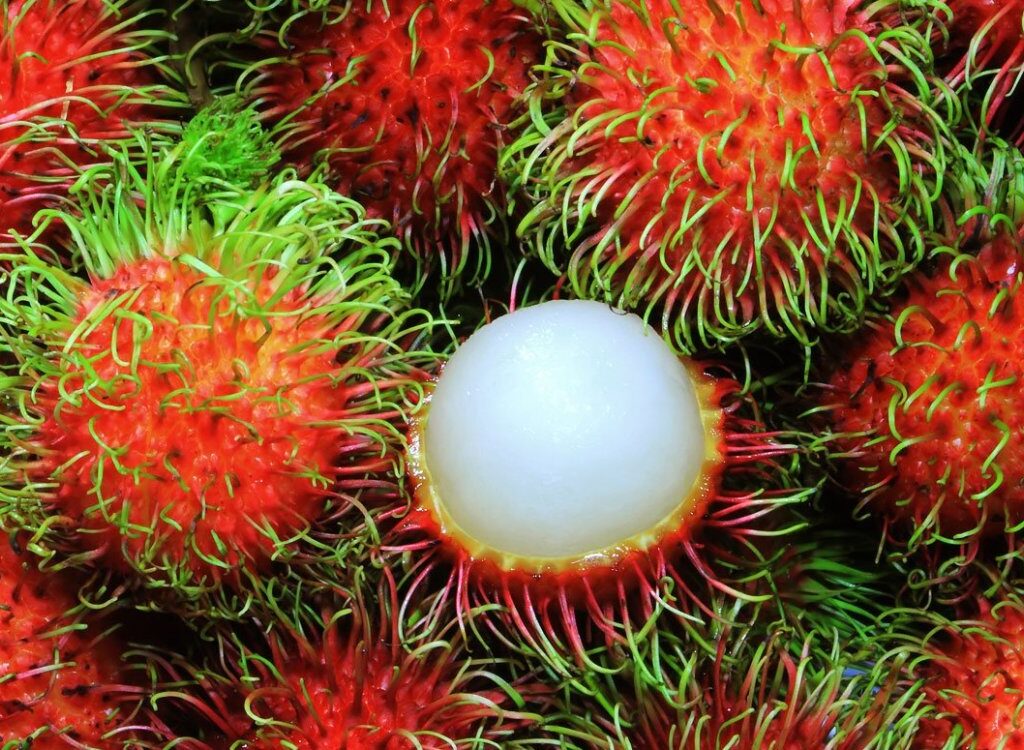
| Rank | Country | Production (Metric Tons) |
|---|---|---|
| 1 | Indonesia | 500,000 |
| 2 | Thailand | 300,000 |
| 3 | Malaysia | 250,000 |
| 4 | Philippines | 150,000 |
| 5 | Vietnam | 120,000 |
Indonesia’s output surpasses its closest competitors by a significant margin.
Other Major Rambutan-Producing Countries
While Indonesia leads globally, other nations are important contributors to the rambutan industry:
Thailand
Producing approximately 300,000 metric tons annually, Thailand is renowned for its high-quality rambutan, particularly from Chanthaburi and Rayong provinces. Thai rambutan is prized in export markets for its sweetness, vibrant color, and shelf stability.
Malaysia
Malaysia’s 250,000 metric tons of rambutan are mainly consumed domestically, though it also exports to neighboring countries and the Middle East. Popular Malaysian varieties include Anak Sekolah, Budak Sekolah, and Muar.
Philippines
With an output of 150,000 metric tons, the Philippines grows rambutan primarily in Mindanao, Luzon, and the Visayas. The fruit is sold fresh in markets and roadside stalls and processed into jams, candies, and juices.
Vietnam
Vietnam contributes about 120,000 metric tons, with cultivation concentrated in the Mekong Delta region. Vietnam increasingly exports rambutan to China and Europe.
Culinary and Cultural Uses of Rambutan
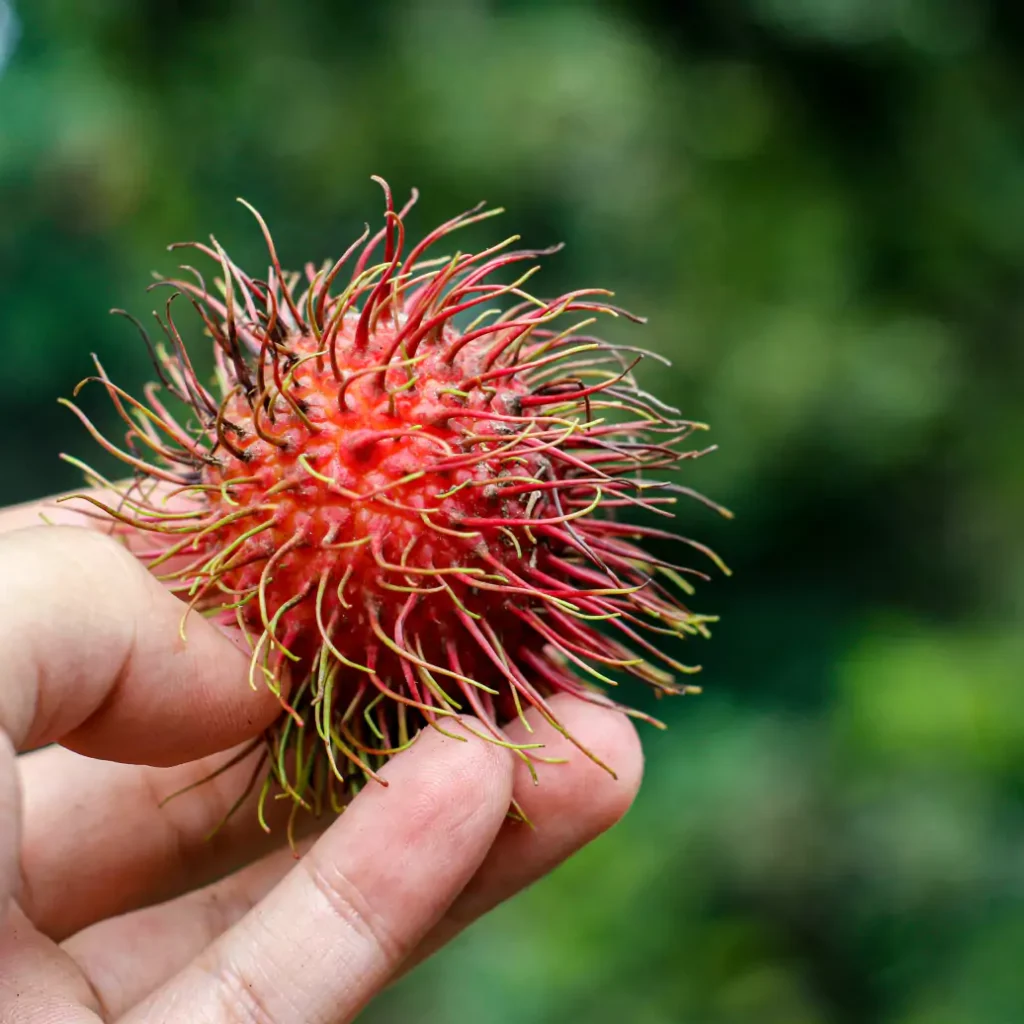
Rambutan is highly versatile, enjoyed fresh and in various preparations:
- Fresh Consumption: Eaten raw as a snack or dessert.
- Juices and Smoothies: Blended into refreshing tropical drinks.
- Desserts: Incorporated into ice creams, puddings, and fruit salads.
- Jams and Jellies: Processed into spreads and candies.
- Canned Rambutan: Peeled and packed in syrup for export.
- Traditional Remedies: Used in folk medicine to treat ailments like fever, hypertension, and digestive issues.
In Indonesian culture, rambutan is traditionally exchanged during harvest festivals and family gatherings, symbolizing generosity and abundance.
Nutritional and Health Benefits
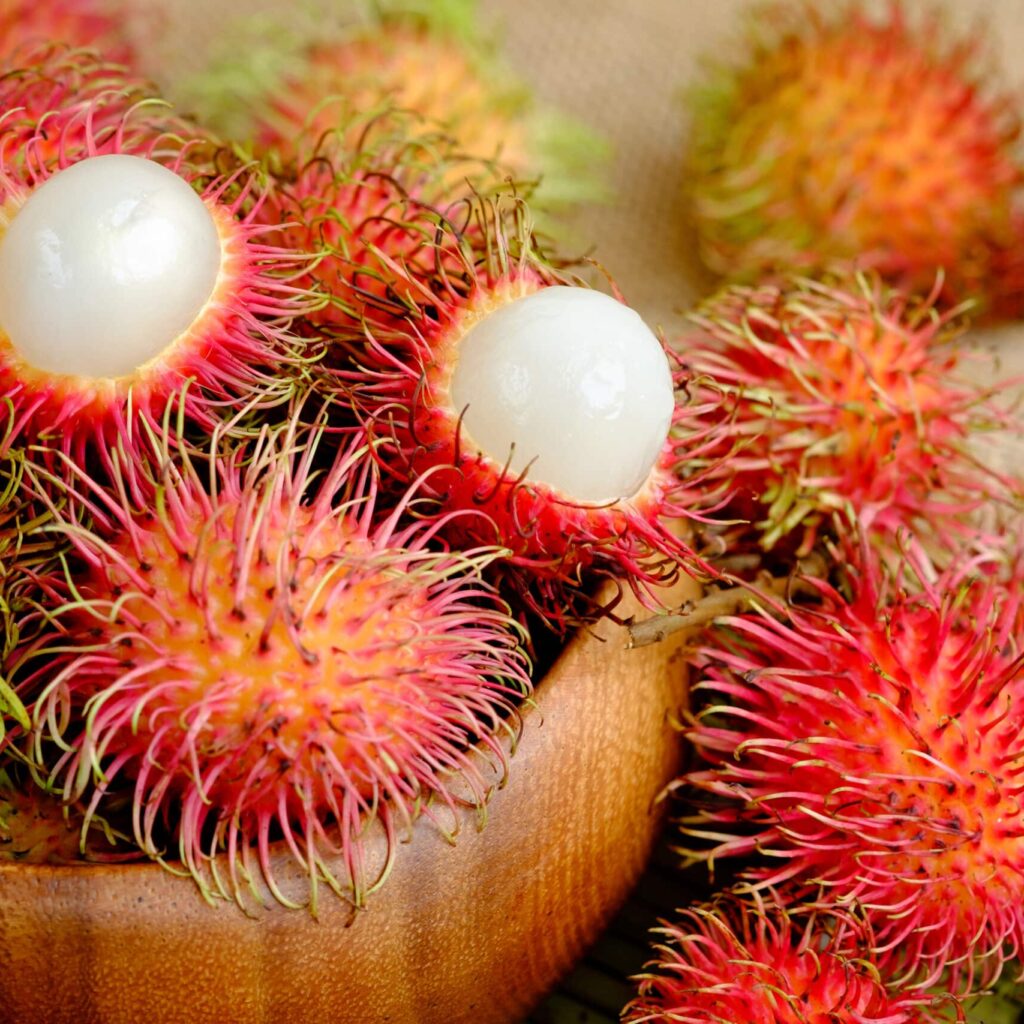
Rambutan isn’t just delicious; it’s also highly nutritious. It’s an excellent source of:
- Vitamin C: Boosts immunity and skin health.
- Fiber: Supports digestion.
- Iron: Aids in red blood cell production.
- Antioxidants: Protects against oxidative stress.
Traditional medicine systems across Southeast Asia use rambutan leaves, seeds, and rind in herbal treatments for fever, hypertension, and skin disorders.
Challenges in Rambutan Cultivation
Despite its popularity, rambutan production faces challenges:
- Perishability: Fresh rambutan has a short shelf life, requiring rapid processing or refrigeration.
- Pests and Diseases: Susceptible to fruit flies, anthracnose, and mealybugs.
- Climatic Sensitivity: Yields can fluctuate with irregular rainfall or temperature extremes.
- Export Constraints: Strict phytosanitary regulations in some markets can hinder export potential.
Indonesia and other producing countries are addressing these issues through improved pest management, post-harvest handling systems, and new cold storage infrastructure.
Conclusion
When it comes to global rambutan production, Indonesia proudly holds the title of the largest producer globally. Thanks to its optimal growing conditions, extensive cultivation, diverse high-yield varieties, and a strong combination of domestic and export markets, Indonesia remains at the heart of the rambutan trade.
While countries like Thailand, Malaysia, the Philippines, and Vietnam play vital roles in the global market, Indonesia’s unparalleled output and longstanding cultural connection to rambutan keep it firmly in the lead.
As global demand for exotic and nutritious tropical fruits continues to rise, rambutan is poised to shine brighter — with Indonesia leading the way as the world’s top rambutan producer.
